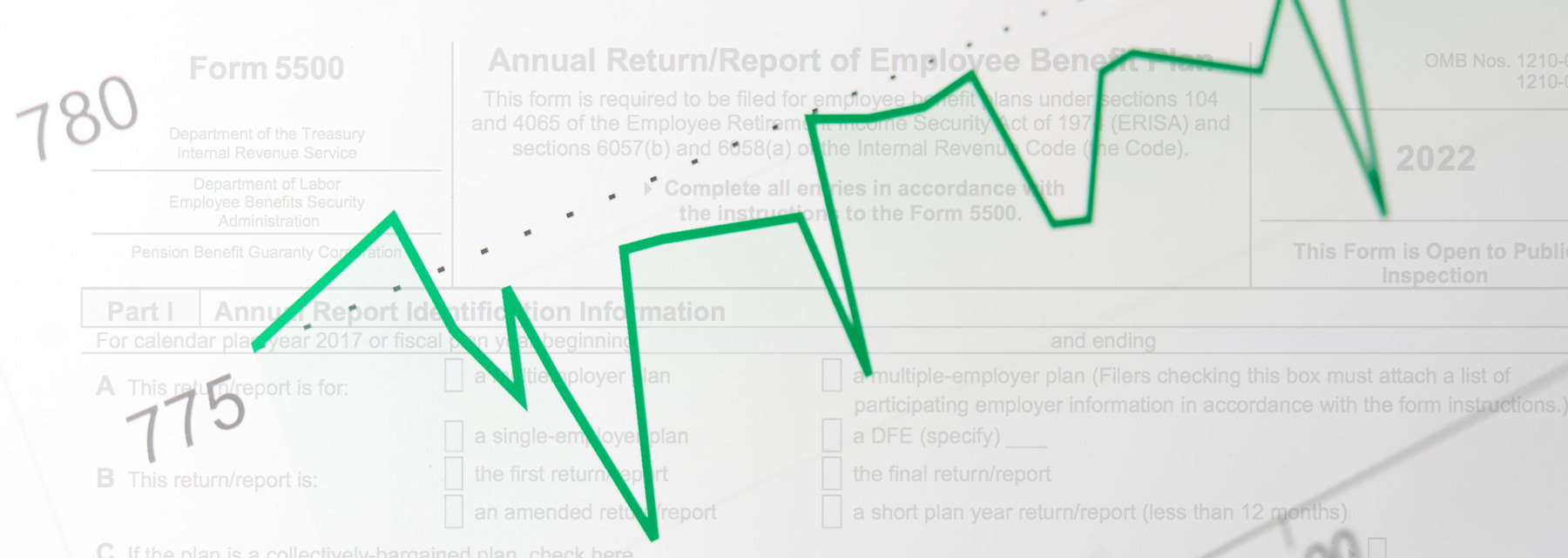If last year was the first time you’ve ever held a high-deductible health plan and opened a tax-free health savings account (HSA), the following might sound familiar:
- You watched your HSA balance grow over time, starting with just a handful of dollars from your first paycheck deduction
- You paid off a few doctor’s bills using money from your HSA
- You received tax forms that you’ve never seen before and are not sure what they’re for
That last one may be particularly vexing, as if filing your taxes weren’t tedious enough. And all the while, you’re thinking, “Um, I thought this account was tax-free. . .”
Well, rest assured. It is, now and forever, as long as you use the money on qualified medical expenses (which I’m assuming you did, or am now encouraging you to do so in the future). The IRS just needs to keep track of contributions and deductions to this account.
Very simply, there are three forms that you should pay attention to: one you must file (Form 8889 to show how much was contributed to your HSA), and two you will receive from your HSA custodian, also known as the bank that handles your HSA (Form 5498-SA for contribution totals and Form 1099-SA for withdrawals).
Form 8889
This form is used to tell the IRS the total amount of money that was added to your HSA, whether by you or someone else (such as your employer). Filing this form with your taxes is important because it lets you deduct this amount from your taxes.
Form 5498-SA
This form is provided to you by your HSA bank, and summarizes all contributions made to the account, as well as the “fair market value” of the account. For most people who only contribute to their HSA accounts through payroll deductions (and through employer contributions), this amount will match the amount shown on your W-2 regarding HSA deductions.
Form 1099-SA
If you took money out from your HSA for any reason, you will receive this form from your HSA bank. Boxes 1 and 3 tell the IRS what that money was used for.
- Box 1 (“Gross distribution”) shows the total amount of money you used for the tax year
- Box 3 (“Distribution code”) shows what you used the money for. If you see a ‘1,’ this means that you used the money for qualified health expenses, and the money is tax-free. If you see a ‘5,’ then it means that you may be looking at some taxes or penalties on the amount you withdrew because it was not used on qualified health expenses.
So this is why you should use your HSA funds for qualified healthcare expenses, only and always. Yes, there is a little bit more paperwork, some more forms to learn, but buried in there lies the beauty of an HSA. When the money goes into your account (and is reported on Form 8889), it is free from taxes. When the money comes out (and used for qualified medical expenses as shown on Form 1099-SA), it is free from taxes. What other bank accounts can boast that all money, coming and going, are free from taxes? Certainly none of the legal ones. . .
And year after year, as long as you have money in your HSA, that money is yours to use on your health expenses, tax-free. Eventually, these IRS forms will feel as familiar as the trusty W-2.
And of course, if you use any kind of tax-preparing software, you won’t necessarily have to know the names of these forms or what the codes mean in what boxes, but imagine the awe you’ll inspire when you whip this information out at dinner parties.



